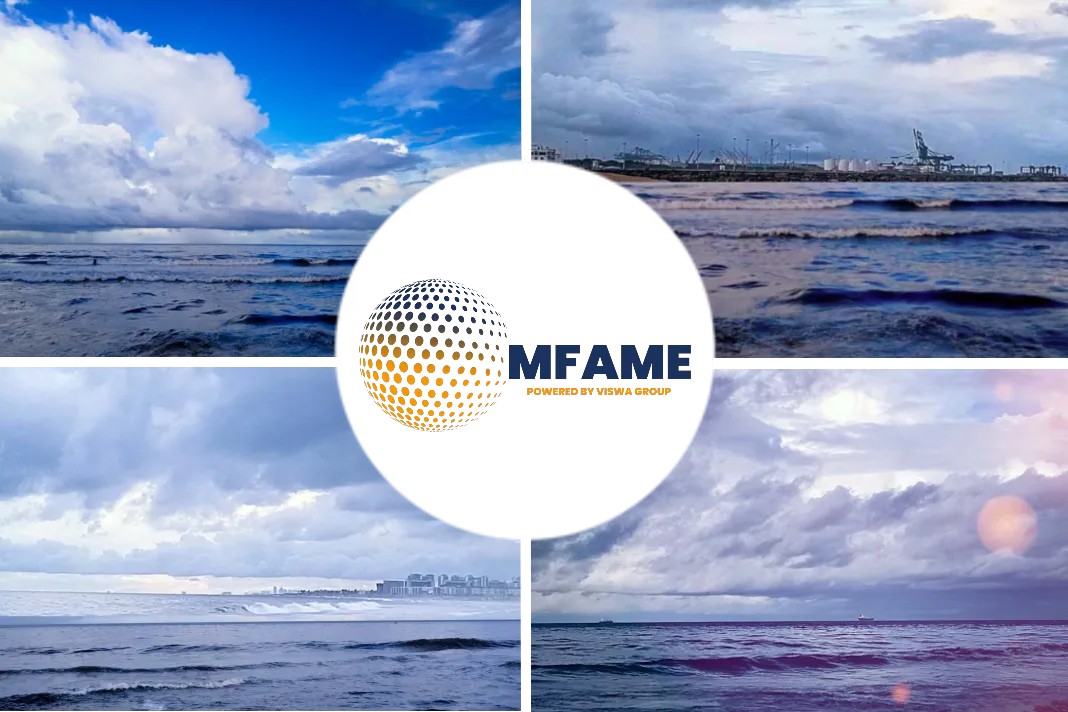
In the maritime sector, there’s a rising interest in eco-friendly fuel alternatives like LNG for vehicles. While these technologies bring environmental advantages, safety is a top priority.
Regulatory Framework
The IMO regulates vehicle transport, including AFVs, but members should consult their flag state for specific guidance. EMSA also offers advice on AFV carriage.
The IMDG code generally governs vehicle transport, with UN number UN3166 for LNG-fueled vehicles. Special Provision 961 can exempt vehicles from code requirements when specific conditions are met, like approved stowage and no leakage signs.
Storage and Compliance
Before loading cargo, clarify LNG vehicle storage with the shipper. Consult the ship’s flag state and classification society to determine if it falls under SOLAS chapter II-2 regulation 21.1 for compressed hydrogen or natural gas transport.
Shipowners and seafarers should conduct a structured risk assessment covering carriage considerations, cargo care, stowage, lashing, and limitations.
Important factors to remember when carrying LNG fueled vehicles on board:
- LNG can rapidly develop vapor clouds that can easily catch fire if leaking
- LNG is stored at very cold temperatures and contact with LNG or cold surfaces can cause cryogenic or freeze burns
- The pressure inside the tank may rise during the voyage, requiring relief valve and ventilation. Holding time should be established to ensure the LNG vehicle does not produce flammable gases or vapors
- The cargo should be secured according to the onboard Cargo Securing Manual (CSM) and the Cargo Stowage and Securing (CSS) Code Appendix
- The shipper should provide detailed transport instructions, including handling, additional lashing and securing requirements, and emergency protocols
- Crew members and personnel involved in handling LNG powered vehicles should undergo specialized training to understand the unique characteristics and handling of LNG as a fuel, as well as emergency response protocols
- The vessel should carry adequate emergency response equipment, including personal protective gear, firefighting equipment, and spill response kits
Did you subscribe to our daily newsletter?
It’s Free! Click here to Subscribe!
Source: Britannia P & I

















